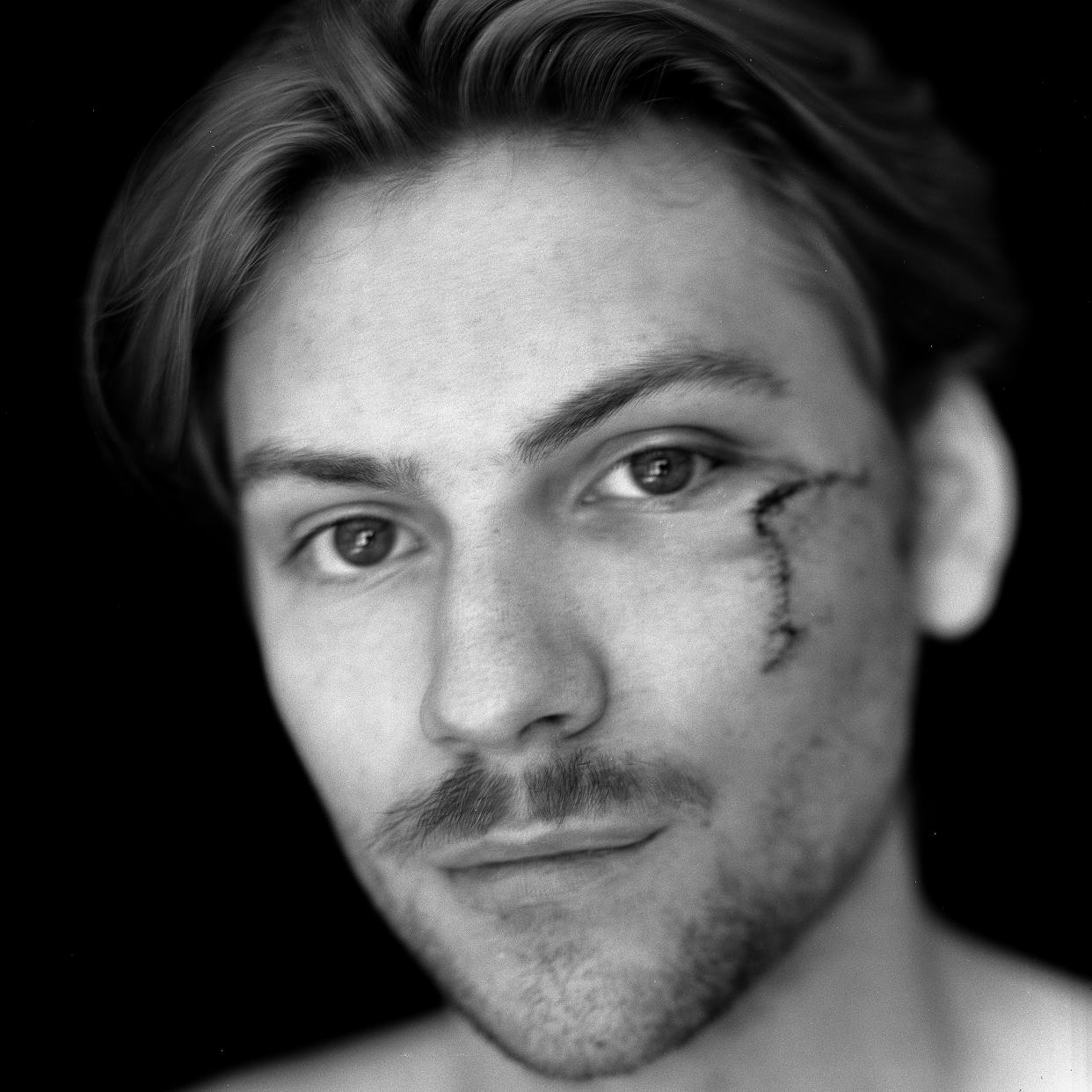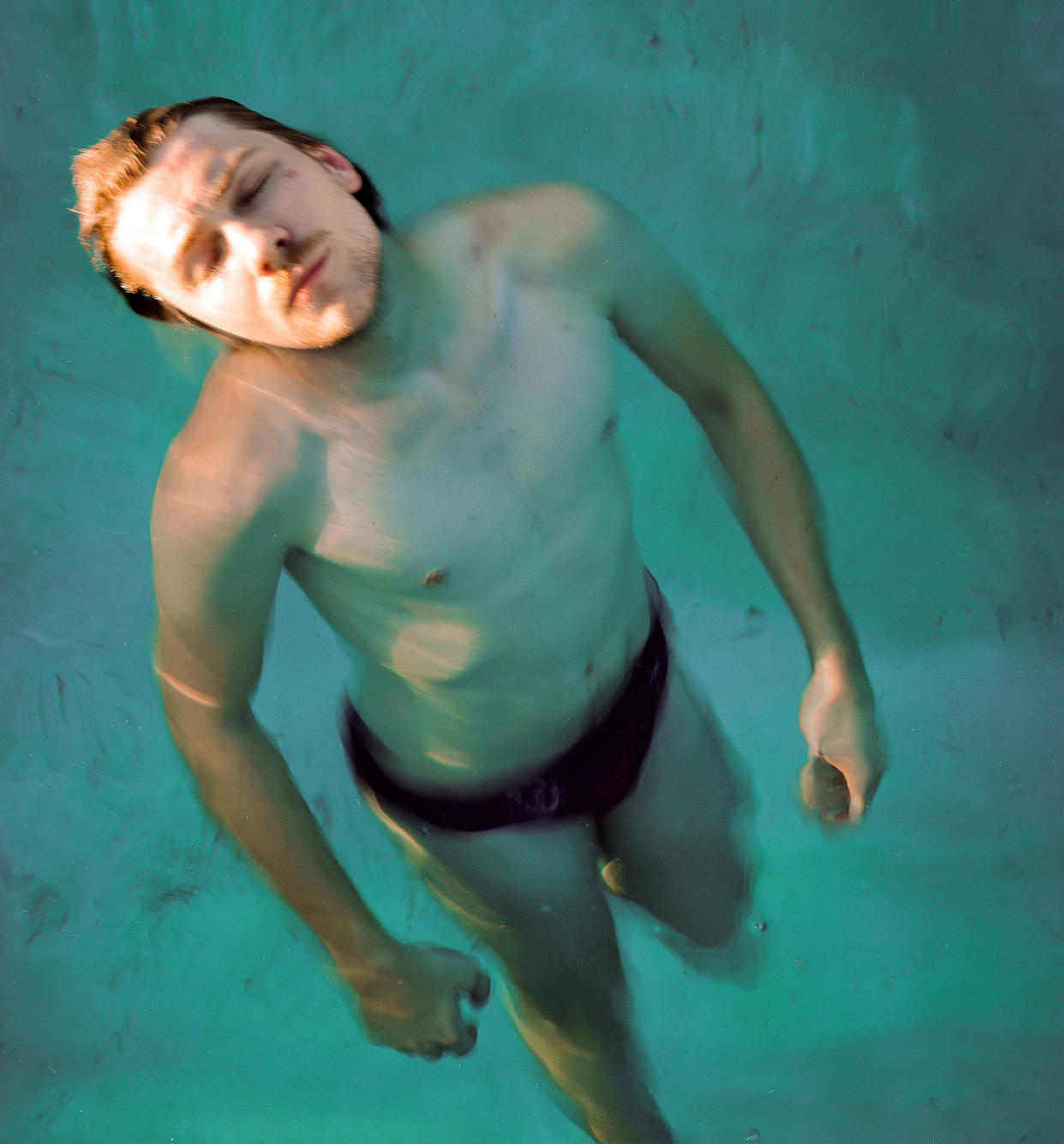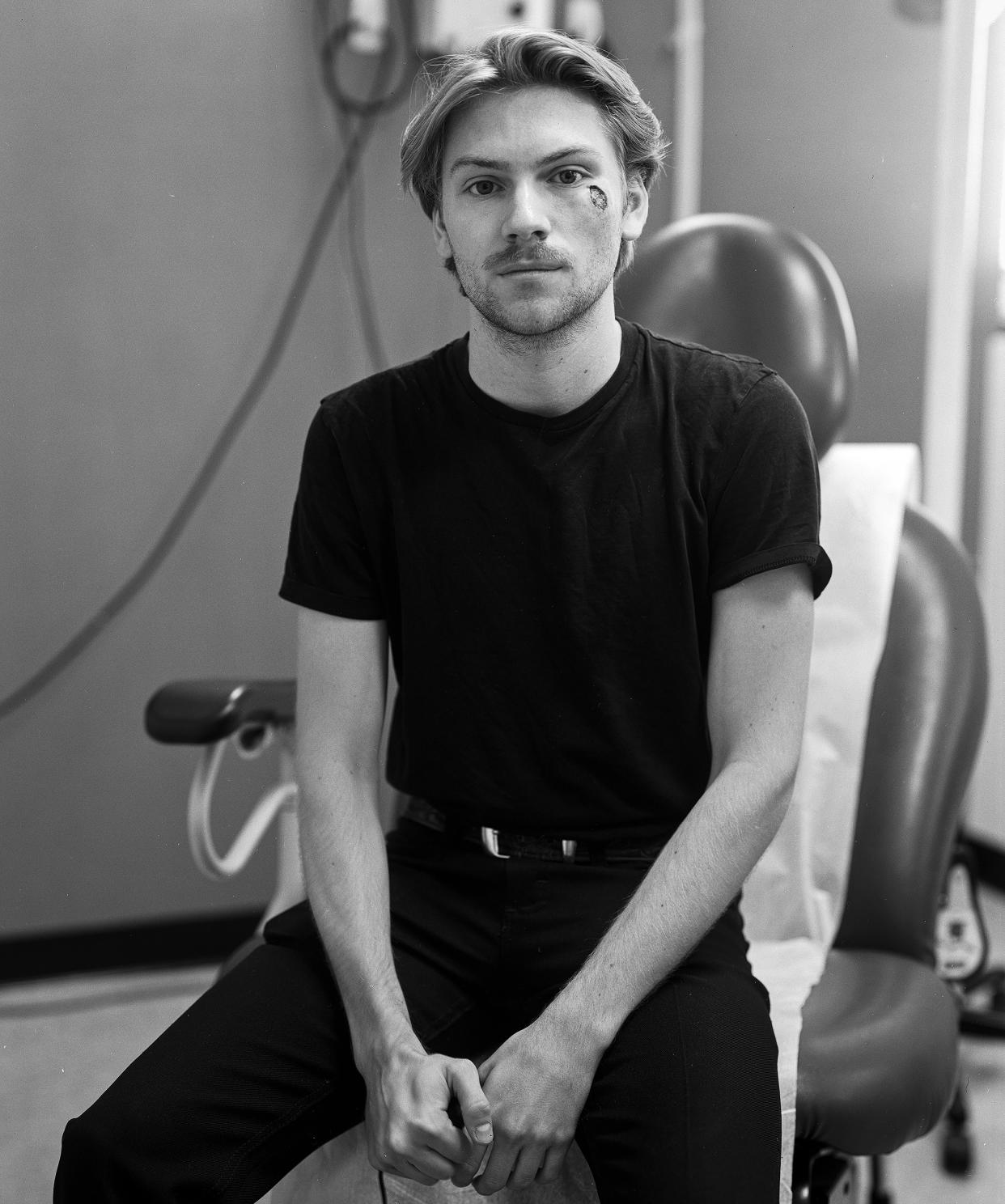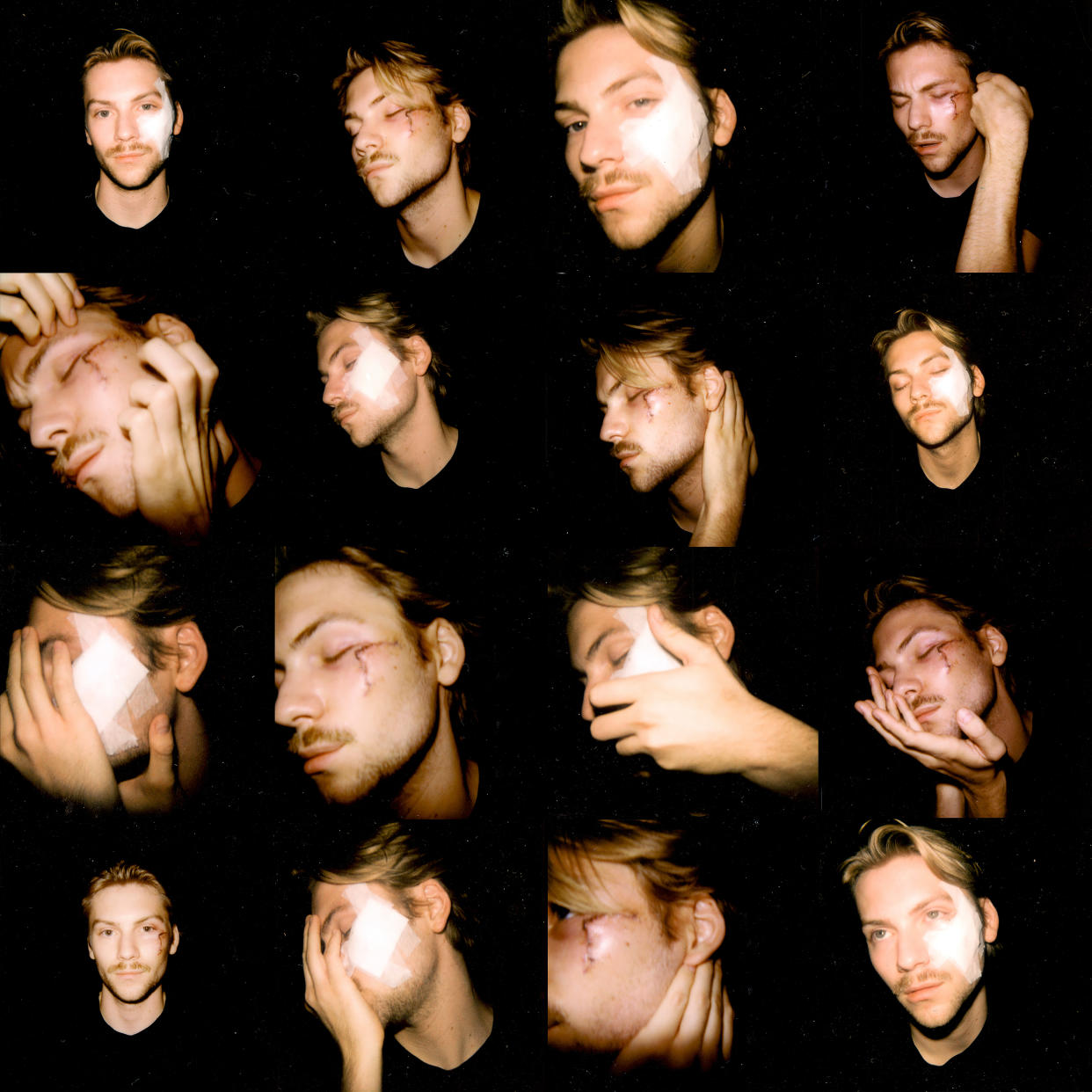Man, 21, Photographs His Basal Cell Skin Cancer Symptoms, Surgery
At 21, Everett Milloy spent more than half of his life on swim teams, training in outdoor pools “under the blazing Arizona sun” for hours on most days of the week.
The consequences showed up this year when he was diagnosed with basal cell carcinoma, a common type of skin cancer that appeared as a reddish spot on his face, right underneath his swim goggles.
Milloy, a senior at Arizona State University where he is studying photography, chronicled his experience in a series of self-portraits before and after surgery to remove the spot.
“It was terrifying. You don’t really think that you’re ever going to be getting a call like that at this age,” Milloy told TODAY about the moment when he found out the results of his skin biopsy late this summer.
“I just felt it was important to document this part of my young adulthood going through this stage.”

Suspicious spot
Milloy started swimming at 6 and was a competitive swimmer until he was 18. He estimated he spent three to four hours a day, five days a week training in the sun towards the latter part of his swimming career. As a backstroker, he was always on his back in the pool with his face to the sky.
“My mom was always like, ‘Hey, wear sunscreen.’ But I would say it was never top priority. Winning races was,” he recalled.
He said he’d spray his face with sunscreen and then immediately jump in the water, so much of the SPF completely washed off before it could offer much protection.
In the summer of 2021, Milloy noticed a slightly raised spot with a red ring around it on his cheek bone, right under the goggle line. His girlfriend, mom and a coworker all suggested he get it checked out, but he wasn’t immediately concerned.

In the spring of 2022, he saw a dermatologist who thought the spot was ringworm — a skin infection caused by a fungus — and gave him cream. It didn’t help, so a few months later, Milloy went to a skin cancer center, where doctors advised a biopsy. It confirmed basal cell carcinoma.
It’s the most common type of cancer in the world, with about 2 million Americans diagnosed with it each year, according to the American Academy of Dermatology. Basal cell carcinoma grows slowly and is not life-threatening for most people, but if it’s not treated, it can grow deep, injuring nerves, blood vessels, it noted. This skin cancer often develops on the head or neck and can be mistaken for a pimple, scar, sore or a patch of dry, irritated skin.
The AAD has photos of what it looks like.
Basal cell carcinoma is most commonly diagnosed in people over 50, but it can also occur in younger adults who’ve had extensive sun exposure, the National Library of Medicine noted.
'I tell people that I got a facelift at 21'
Milloy underwent Mohs surgery on Sept. 13. During the procedure, doctors removed skin on the affected area layer by layer until no more cancer cells were found when the tissue was examined under a microscope.

A surgeon then closed up the resulting wound.
“It’s healing all right. I was hoping for a cool Anakin scar,” Milloy said. “I always like to tell people that I got a facelift at 21.”
He photographed himself before, during and after the surgery, noting the self-portraits have helped him process the ordeal. A collage represents him “wrestling with that whole entire new face I had.”

“Anytime that you make art about a life-altering experience, you’re inevitably helping yourself work through that,” Milloy said.
“If you’re ever being challenged with anything, I think art is one of the most innate human responses to hardship.”
This article was originally published on TODAY.com
